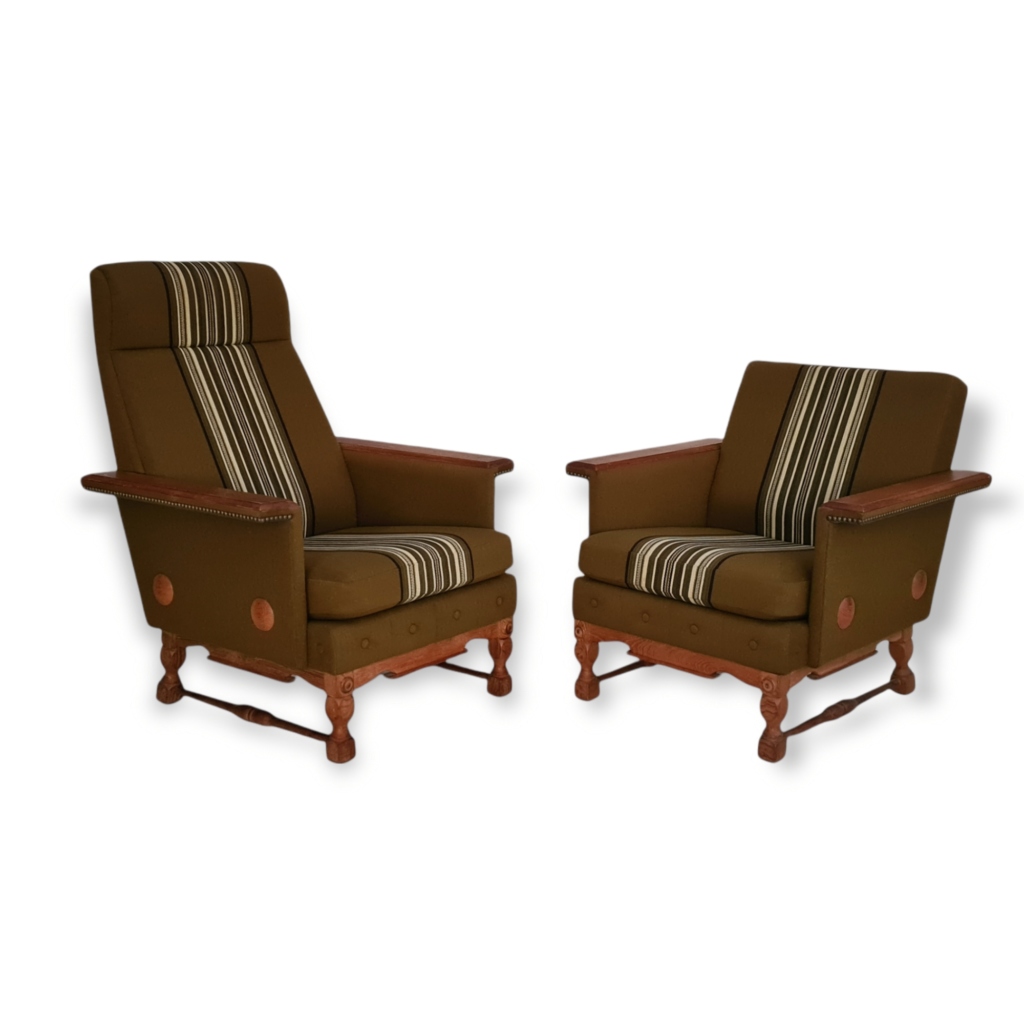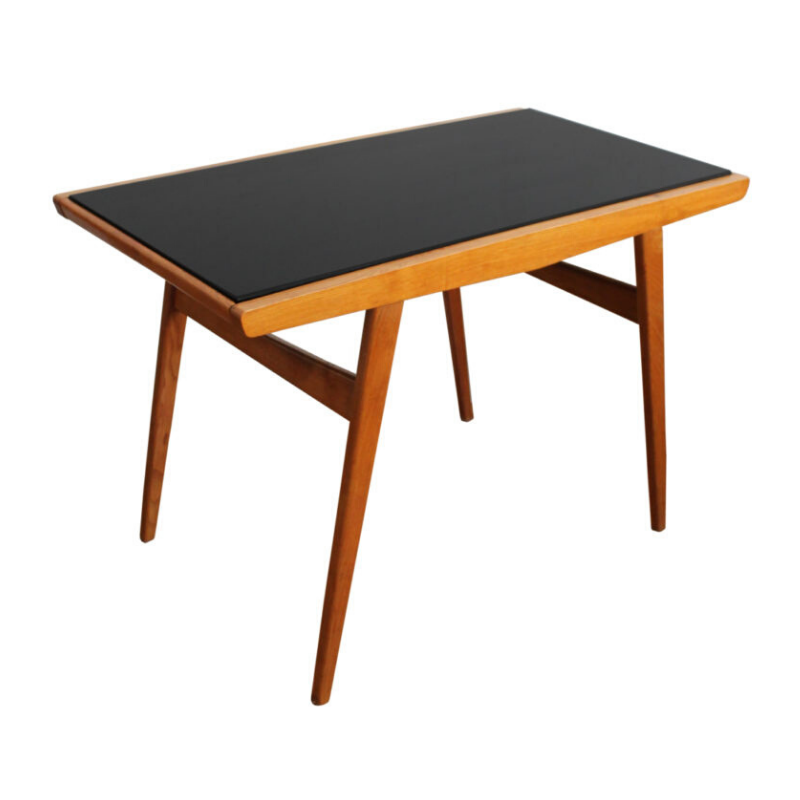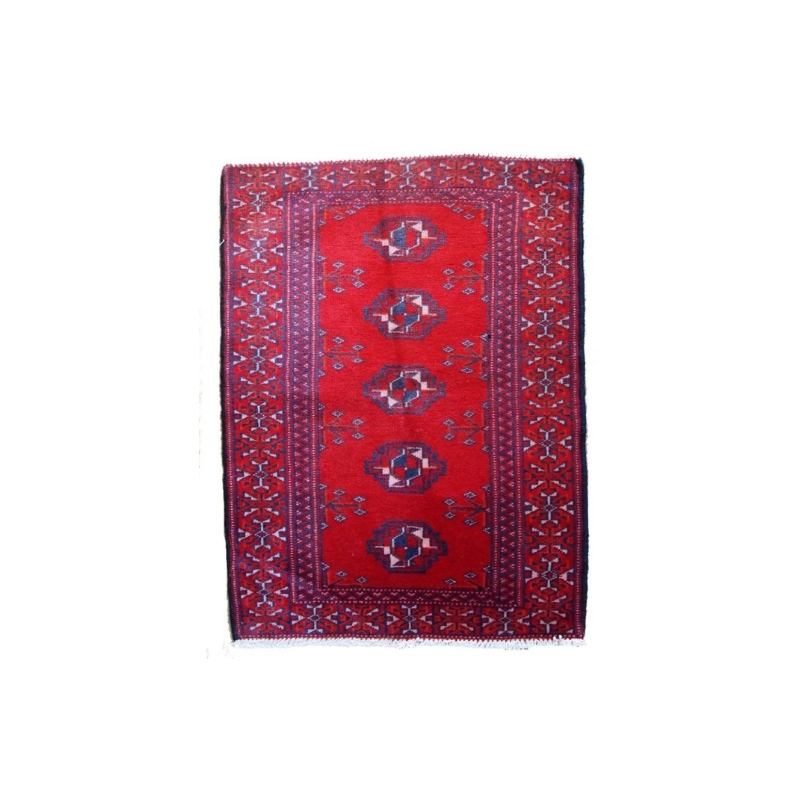I just picked up a Noguchi coffee table. I think it might be a knockoff as it has no markings/signatures. However the glass is nice enough I question if a company making knockoff would have produced it. So was the Noguchi coffee table ever produced with no signature or permanent markings? If so is there any other things I should look for? attached are some photos.

Yes
For the vast majority of the time that Herman Miller has produced the Noguchi coffee table it was unmarked. Nothing on the base, nothing on the glass. It's only recently that they began marking the table base and putting the signature on the glass. (Little known secret, the Noguchi signature on the edge of the glass is screen printed, not acid etched, so be careful when cleaning if you have a recent production table. You can accidentally remove the signature.)
The only way to determine if an unmarked table is Herman Miller production rather than one of the many knock-offs is to know the specific construction details. Measurements, correct shape and contours, glass size, shape and thickness, the aluminum pin that connects the two-part base, etc. Age appropriate signs of wear and use are also a good indication if all the other details are correct. Vintage copies are much easier to spot than the current knock-offs. The vintage knock-offs at least tried to comply with copyright law and change the design a certain percentage where many contemporary knock-offs appear to be direct copies.
I can't even venture a guess as to the authenticity of your table. Some of the details such as the connection point of the two bases are not visible in your pictures.
Close only counts in horseshoes and hand grenades.
And maybe Noguchi IN50's, too.
Mine looks pretty much exactly like yours. Even the pin appears identical. I purchased it from a nice lady that purchased it from the company she worked for at an annual employee auction of surplus furnishings. She professed not to know or care whether it is a Herman Miller product, but she assumed it to be a knock-off and priced it accordingly.
I've decided to adopt a similar opinion of it. Sometimes ignorance is bliss. I don't even wince when my kids come home from school and dump their knapsacks onto it.
Working only from
photos, I've identified a couple of particulars that identify a genuine table: there's a slight concavity to the horizontal edges of the frame pieces -- those edges parallel to the floor. More unusually, the short ends of the pieces -- the ends that meet at the pin -- have an unusual double-curve to the edges, particularly the inner one, perhaps resembling the profile of a woman's breast ?
This table clearly possesses both of those characteristics, visible in the last photo. So, I say it's an original, or an unusually faithful repro.
Just like SDR said
... it looks pretty darn close to me too. The pin looks correct, the shape of the base looks correct (and I must say that SDR said it far more eloquently than I might have). But I have also seen knock-offs that were VERY accurate to HM production specs. You should measure the size of the top and the exact thickness of the glass, but it looks right from your photo.
The only thing that I question is the visible wood grain on the base. It looks like a more open grain wood like ash. I don't recall that being a wood that I've seen used on Noguchi table bases by HM, but I could be wrong. Especially if it's not terribly old. Like 90's production.
It also looks very, very clean. Any wear to the base or scratches on the glass to indicate some age to it?
the photos were taken with...
the photos were taken with poor lighting using a camera phone, so all the scratches are blurred away.
The glass has no major scratches but small ones all over. The wood has a few nicks and one very small gouge also the three points where the base contacts the floor has rubbed away the finish (this shows that the flat piece is actually slightly curved). It was in an office environment so I cannot know if these show age or abuse. The glass max width and length are right on and the thickness is definitely 3/4".
I am no expert (plus the black makes it harder to determine) but ash seems right for the wood, the grain seems similar to a baseball bat which are ash.
edge
I believe that only the earler glass tops had the thumbnail (convex) edge. The more recent ones (at least the signed ones) are flat-edged as shown.
I am still mad at myself for (many years ago) passing up a chance at an early original blonde wood version Noguchi table with the thumbnail edge to the glass. Coulda had it for about 800 bucks at auction! Seemed like too much to pay then....
Dammit.
Color
in glass is a given. Ordinary window glass has a slight green tint, which becomes more obvious with greater thickness. Few coffee tables have 3/4" glass tops.
http://en.wikipedia.org/wiki/Glass#Color
If you need any help, please contact us at – info@designaddict.com









